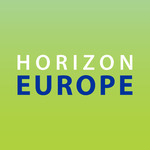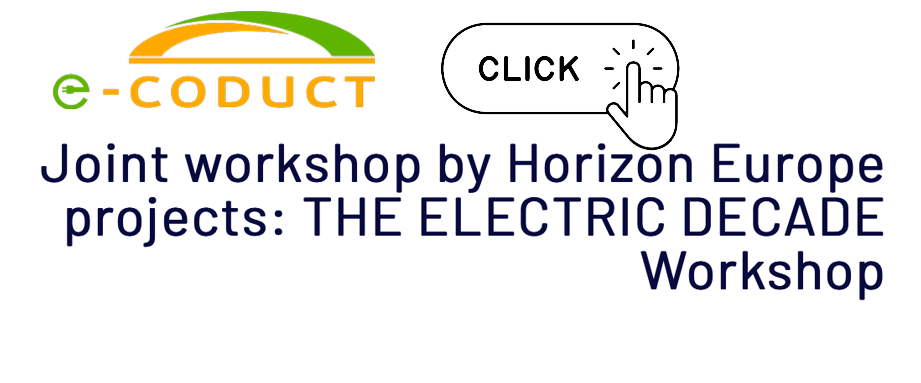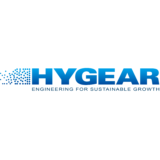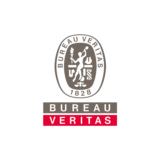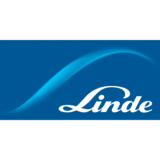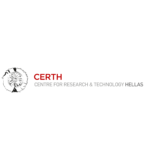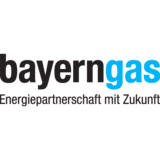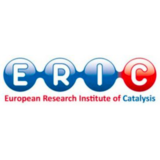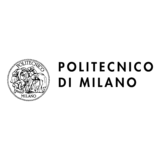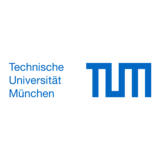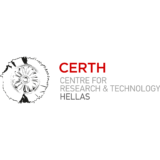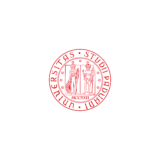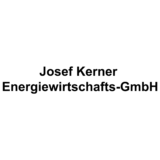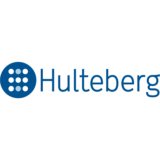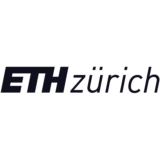EReTech
Electrified Reactor Technology

EReTech Electrified Reactor Technology
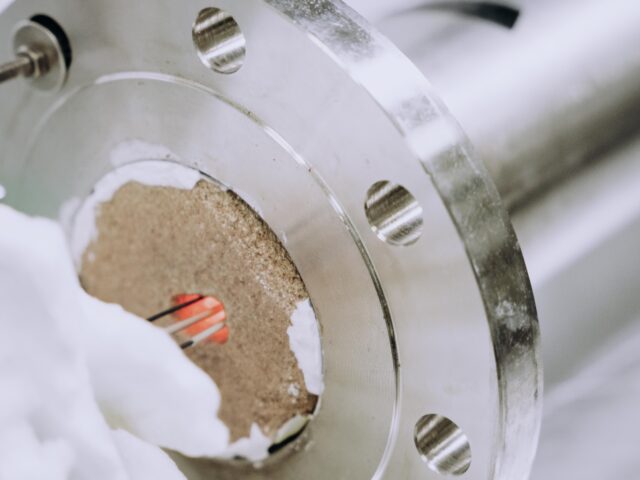
EReTech will develop and validate a transformative electrically heated reactor together with the tailored catalyst for steam methane reforming.
Based on SYPOX technology the reactor hosts ceramic supported structured catalyst, electrically heated by internal direct resistive heating elements. This achieves an energy efficiency close to 95% and a reactor volume that is two orders-of-magnitude smaller.
EReTech final goal is to offer solutions for the decentralized market and for the decarbonization of existing or new centralized reforming plants.
Based on SYPOX technology the reactor hosts ceramic supported structured catalyst, electrically heated by internal direct resistive heating elements. This achieves an energy efficiency close to 95% and a reactor volume that is two orders-of-magnitude smaller.
EReTech final goal is to offer solutions for the decentralized market and for the decarbonization of existing or new centralized reforming plants.
Project Overview
Timeline: June 2022 – November 2025 Budget: approximately 9 M€
Partners: 6 industrial partners
7 universities/research institutions Coordinator: Technical University of Munich
Partners: 6 industrial partners
7 universities/research institutions Coordinator: Technical University of Munich
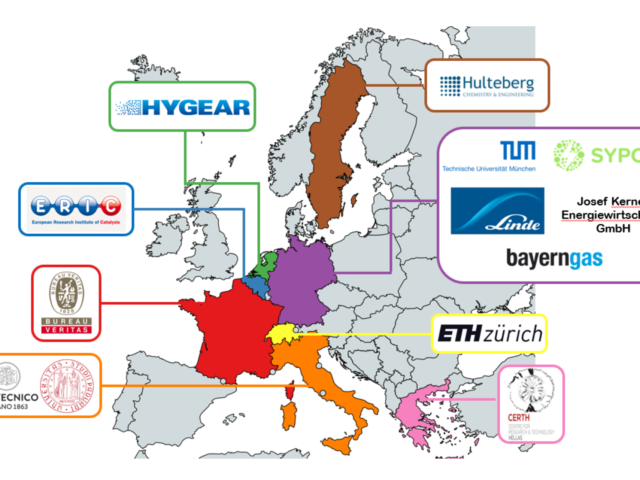
Eretech Activities
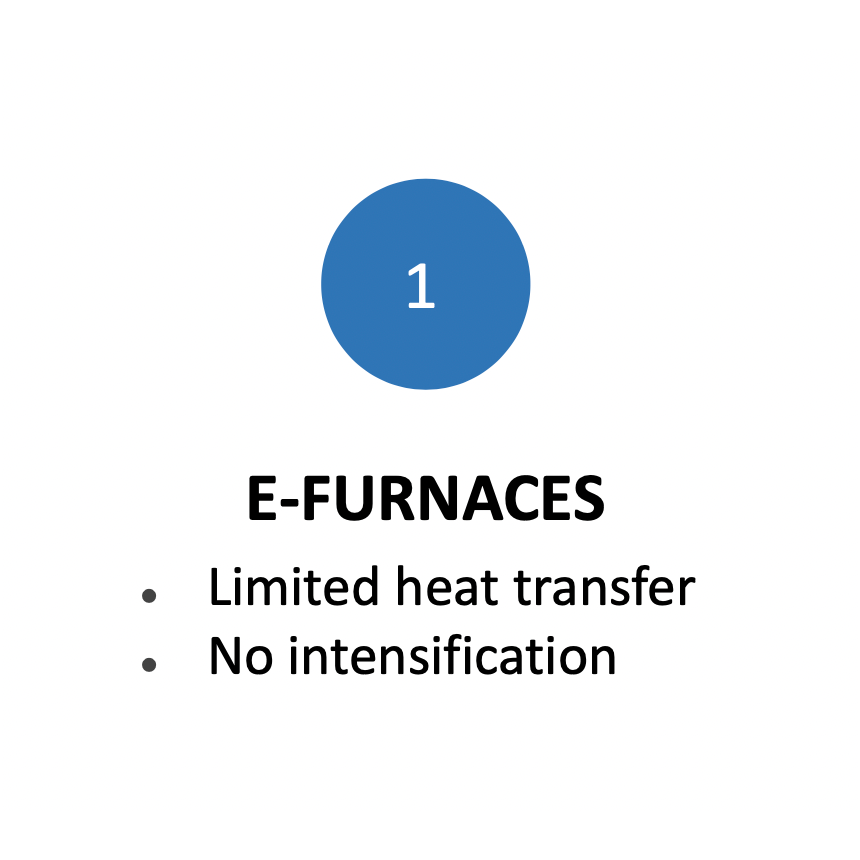
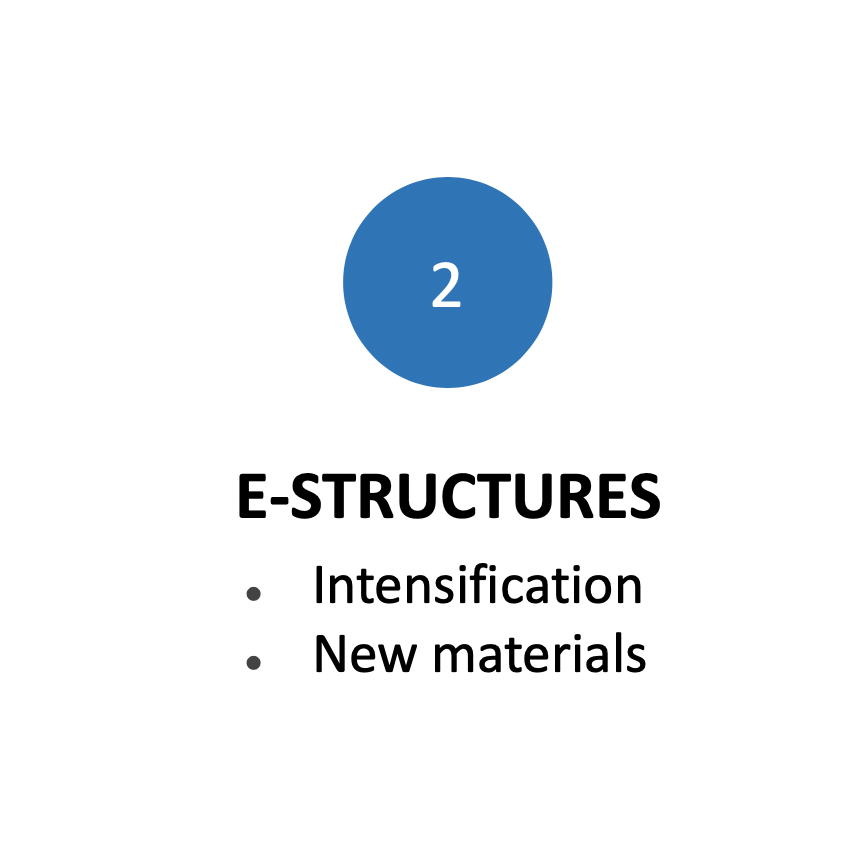
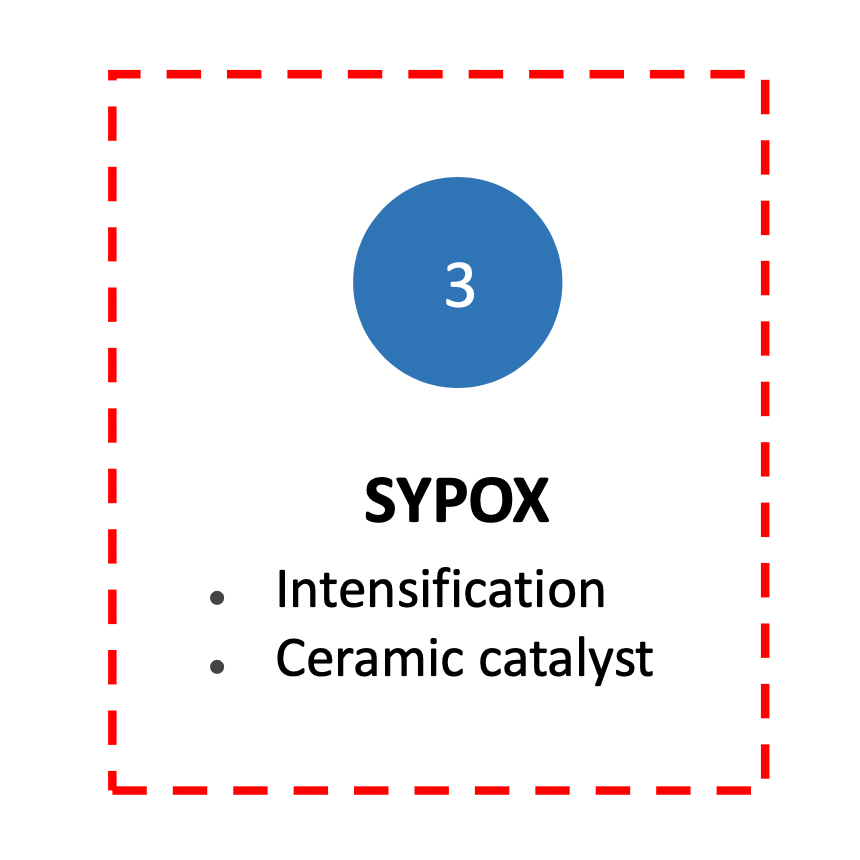
Objective: develop and validate an e‑SMR
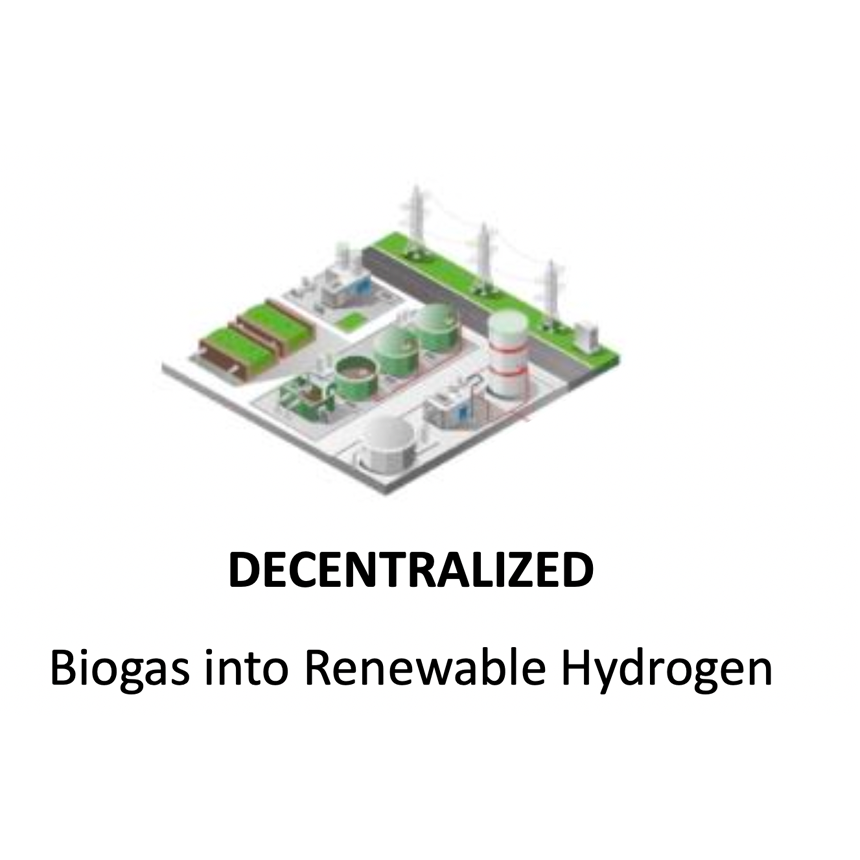
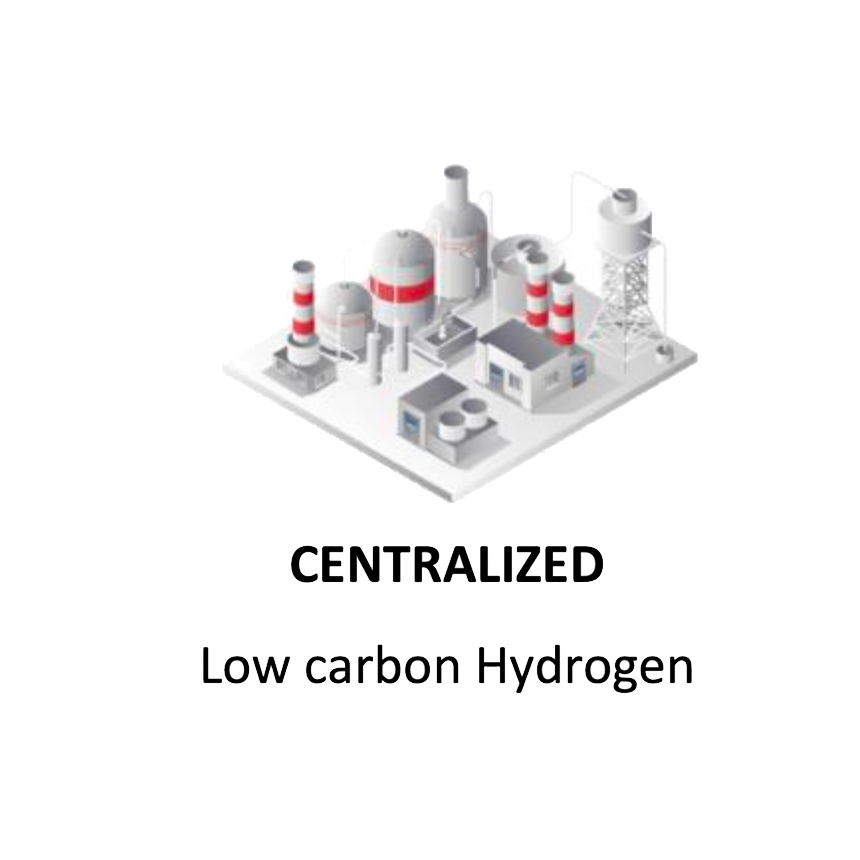
Resistive heating: Reactor technologies

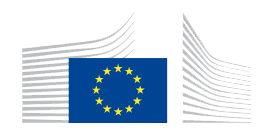
EReTech
Grant agreement ID: 101058608
Start date 1 June 2022
End date 30 November 2025
